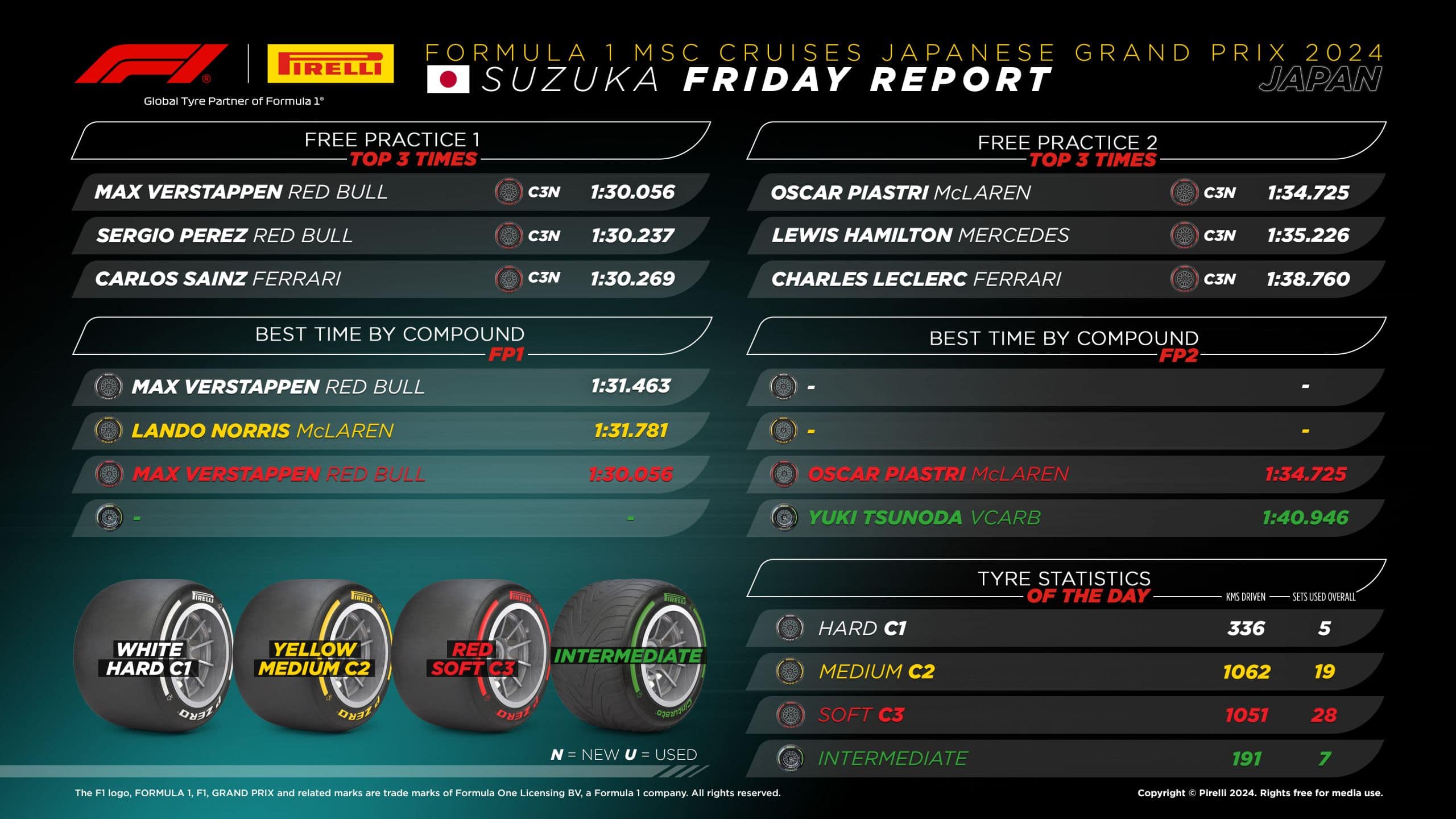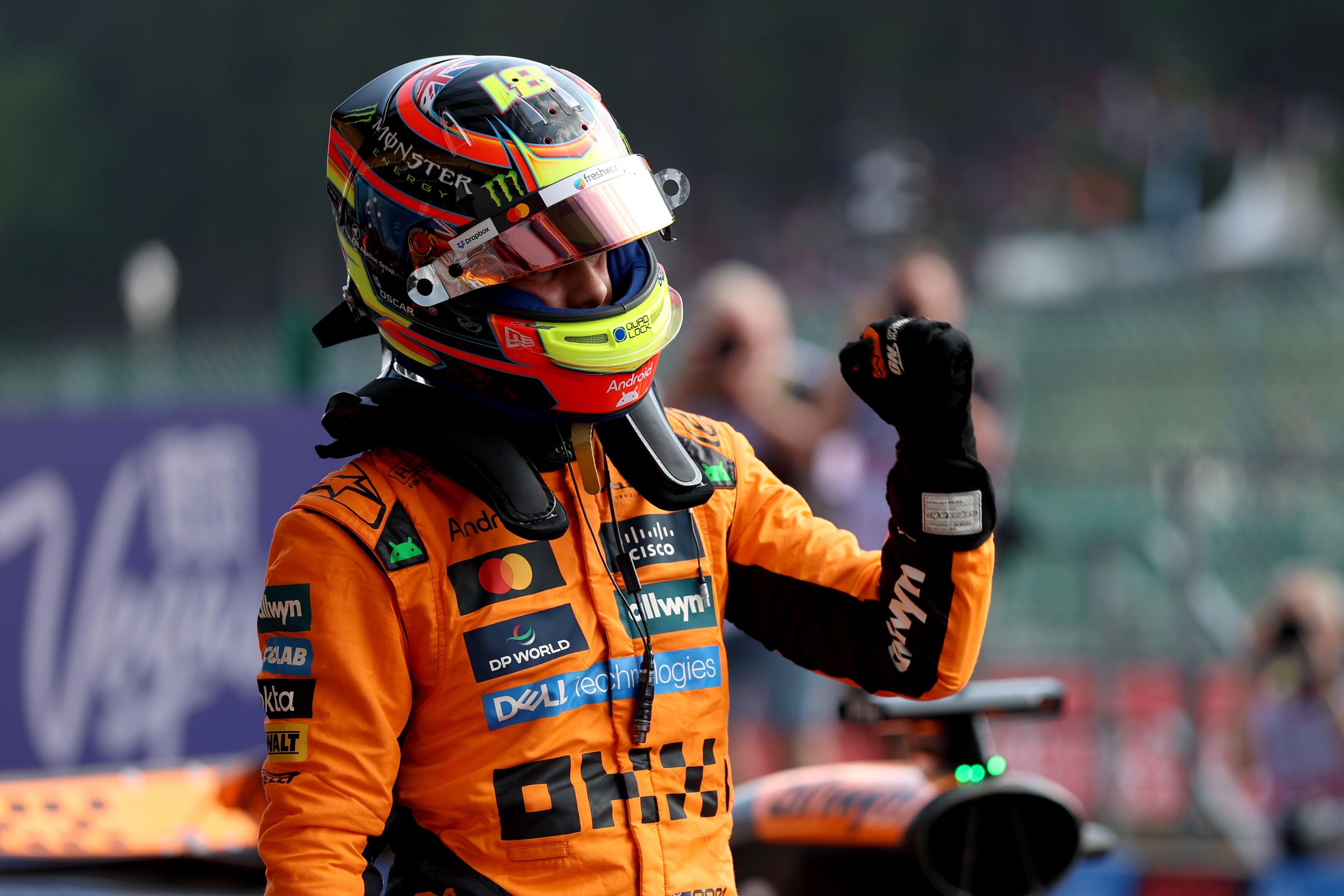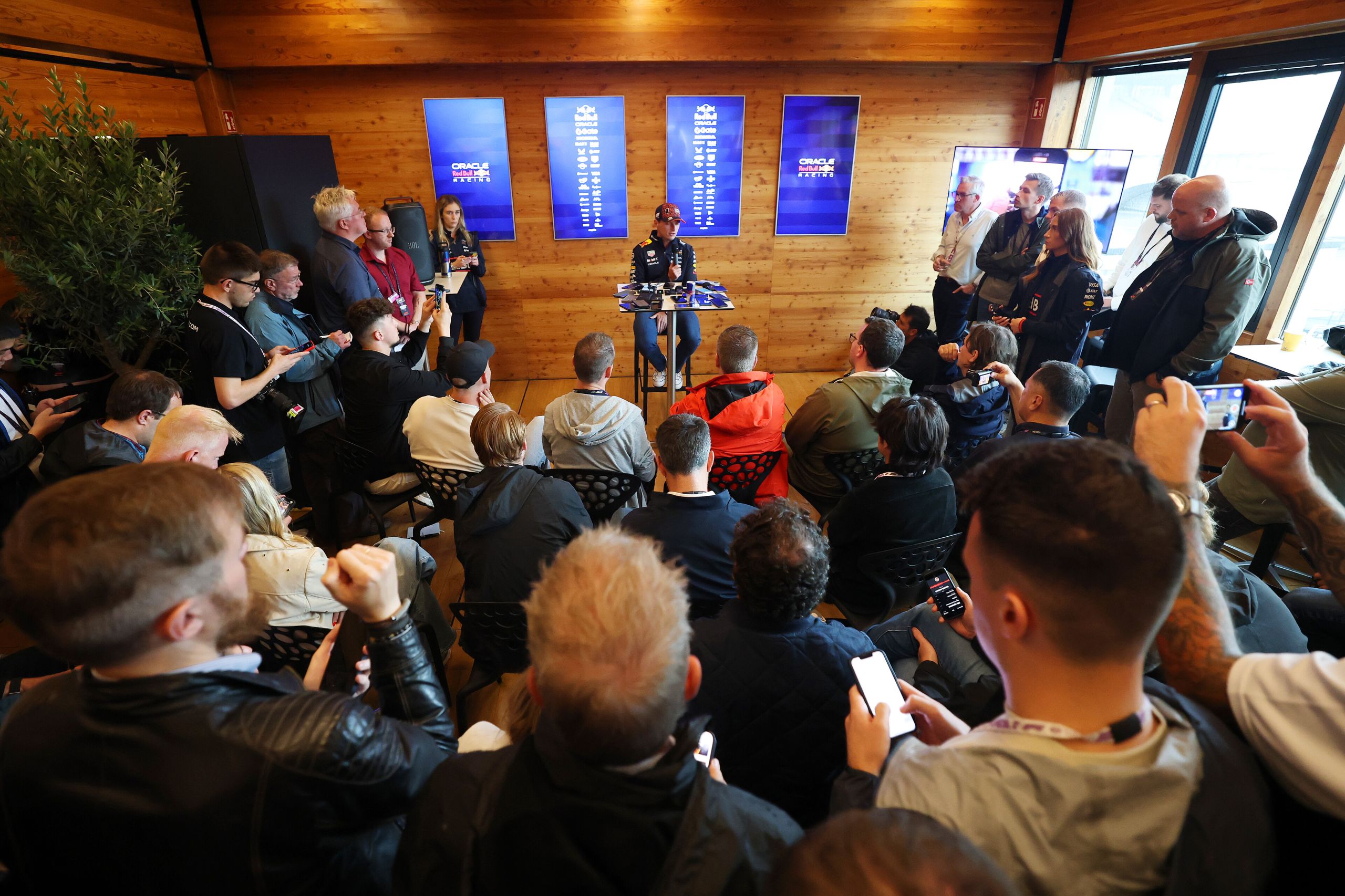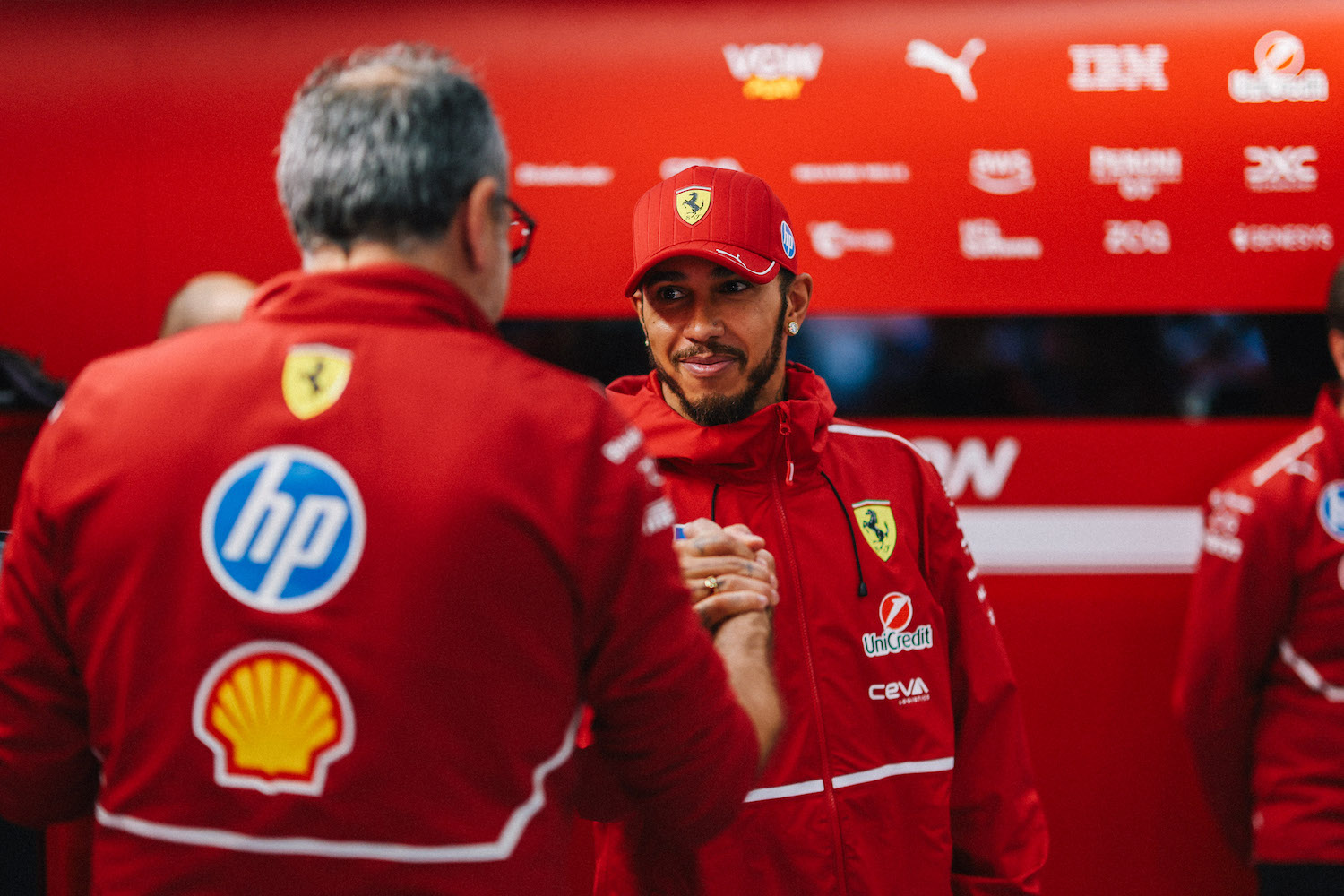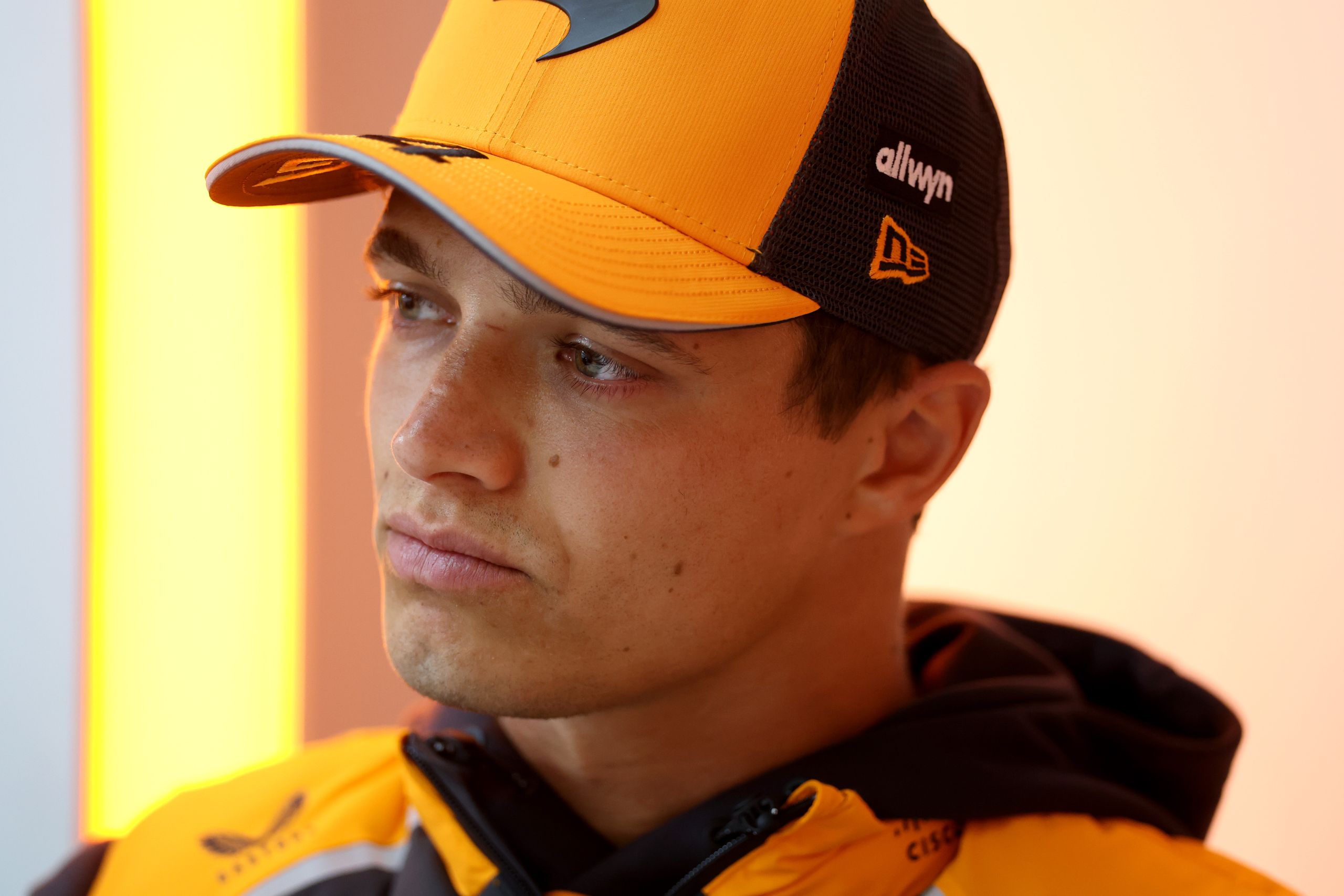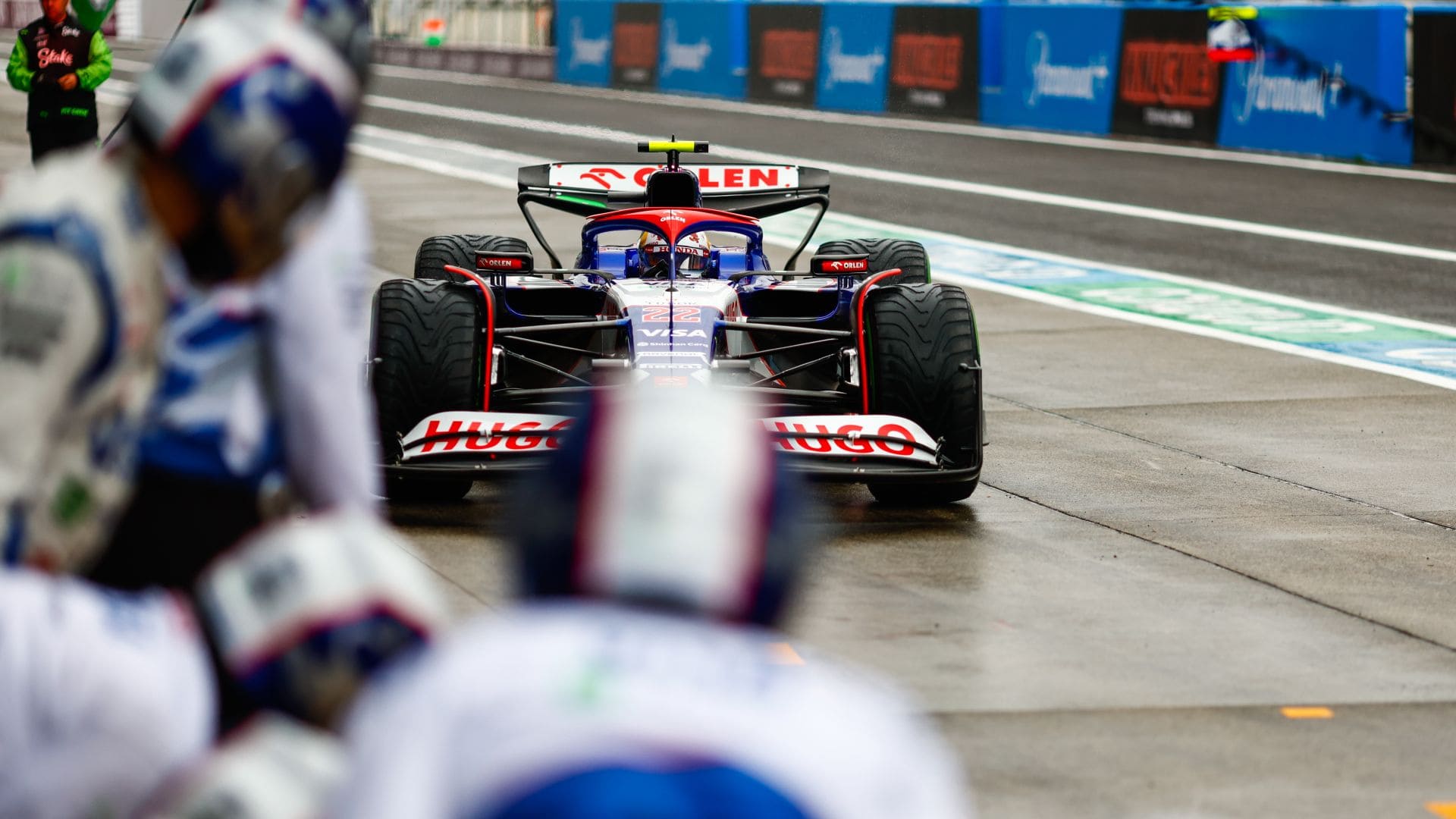
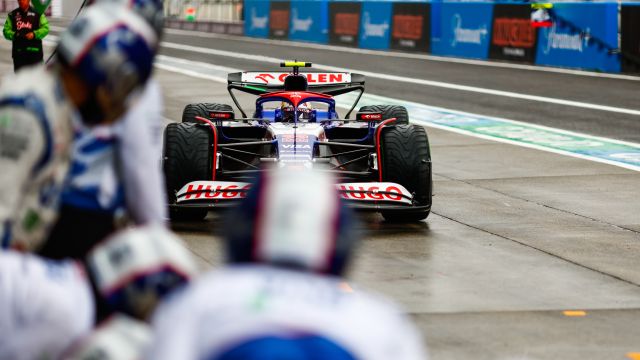
2024 Japanese Grand Prix: Free Practice Tyre Analysis – The first day of the Japanese Grand Prix, held for the very first time in the month of April, featured cold conditions and rain. Air temperature in the two sessions never climbed higher than 20 °C, while the track dropped to 17 °C by the end of the second free practice, which was also affected by intermittent rain, meaning there was very little on-track action.
However, times in the first hour were representative, with Max Verstappen (Red Bull) setting the fastest lap in 1’30”056, ahead of team-mate Sergio Perez (1’30”237) and the Ferrari of Carlos Sainz (1’30”269). However, it wasn’t plain sailing in the morning session either, as there was an 11 minute interruption after Logan Sargeant crashed in the Williams.
All three compounds brought here by Pirelli (C1 as Hard, C2 as Medium and C3 as Soft) were used in FP1. Five drivers (Verstappen, Perez, Leclerc, Sainz and Magnussen) used one set of Hard and one of Soft, while two (Bottas and Zhou) ran two sets of Medium and the other 13 drivers one set of Soft and one of Medium.
Only 13 drivers went out on track in the second session, completing 71 laps between them: six of them (Hamilton, Leclerc, Sainz, Norris, Ocon and Hulkenberg) only ran slick tyres, all bar Hamilton who also tried the Medium, only running the Soft. The other seven (Piastri, Albon, Ricciardo, Tsunoda, Bottas, Zhou and Magnussen) ran the Intermediate either all or part of the time.
It should be noted that the 2024 Sporting Regulations include a change to the allocation and management of wet weather tyres over a race weekend. As from this year, each driver has five sets of Intermediate tyres available and two sets of Extreme wets, irrespective of the weather conditions, but without the possibility of exchanging them for new ones on Friday night. Given that there’s a likelihood of more wet weather this weekend, it can be assumed that the teams therefore opted to minimise the use of rain tyres today.
Simone Berra – Pirelli Chief Engineer
“As things turned out, only the first hour of free practice produced any useful data regarding tyre behaviour on this very demanding Suzuka track. The second session was spoiled by intermittent rain, which meant the track surface was never dry enough to provide sufficient grip for the drivers to push on slicks, nor was it wet enough to be able to fully evaluate the behaviour of the intermediates, even less so to identify the crossover point from this tyre to the dry weather ones.
“The most striking piece of data was how much quicker the lap times were compared to the previous Japanese Grand Prix. On the same compounds as in 2023, Verstappen’s 1’30”056 is 1”6 faster than the quickest time, also set by him last September. Clearly, the significantly lower temperatures could have contributed to the quicker lap times, in particular enhancing C3 performance. The other factor is the general increase in performance from this year’s cars. The Soft can therefore be considered as a race tyre, given the performance advantage it would ensure for the start and over the opening laps. This means it is a particularly attractive choice on a track where overtaking is far from easy. However, for a further evaluation of possible strategies, we must wait for tomorrow’s free practice session.”
2024 Japanese Grand Prix: Free Practice Tyre Analysis
